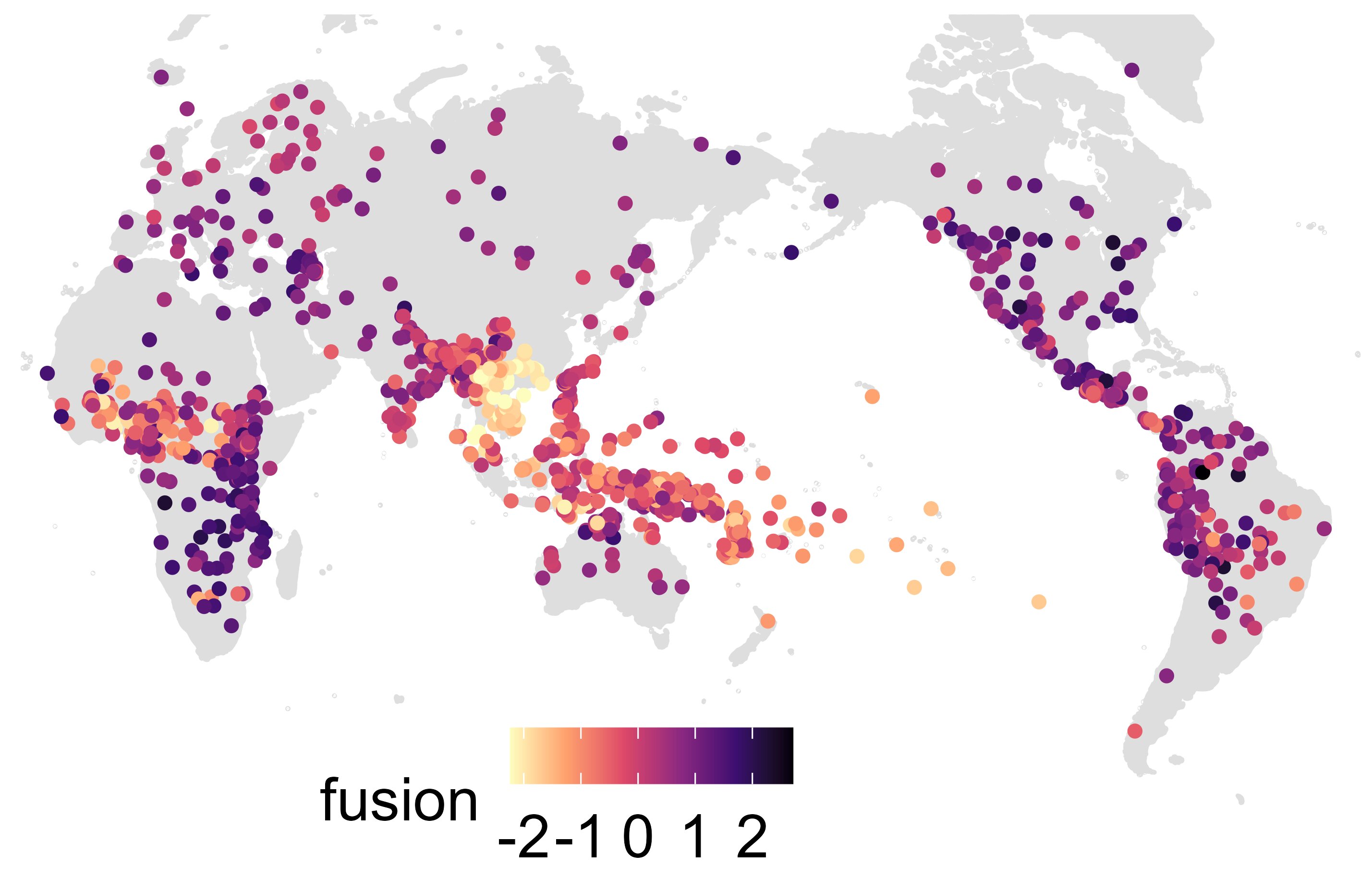Languages around the world exhibit significant variations in grammatical distinctions. Even closely related languages display differences in this regard. For instance, Swedish, Danish, and Norwegian speakers use the same word “hunden,” meaning “the dog,” to convey different meanings such as the presence of the dog in the house or someone finding or feeding the dog. Conversely, Icelandic employs three distinct word forms (hundurinn, hundinn, and hundinum) corresponding to different cases (nominative, accusative, and dative) in these situations.
This distinction in the case system, among others, sets Icelandic apart from its closely related sister languages. Olena Shcherbakova from the Max Planck Institute for Evolutionary Anthropology explains, “One prominent hypothesis linking grammatical complexity to social environments highlights the differences between languages used in relatively small, isolated communities and those spoken by larger populations with a significant proportion of non-native speakers.”
Icelandic is primarily learned and used by the local population of over 350,000 people, representing a “society of intimates.” In contrast, the other Scandinavian countries, located in close proximity to their neighbors, have larger populations with substantial non-native speaker communities—referred to as “societies of strangers.” Many linguists argue that languages with more non-native speakers tend to simplify their grammars as adult learners find it challenging to acquire complex linguistic rules.
However, is the Icelandic example representative of the linguistic diversity worldwide? To answer this question, researchers from the Max Planck Institute of Evolutionary Anthropology conducted a study published in Science Advances. They assessed the grammatical complexity of 1,314 languages using data from the newly released global database of grammatical features called Grambank. The complexity scores were then compared to variables detailing the number of non-native speakers in each language.
Measuring Complexity
Linguistic complexity is a topic of intense debate in the field of linguistics, often marked by conflicting viewpoints. Hedvig Skirgård from the Max Planck Institute of Evolutionary Anthropology explains, “In this study, we refined the methodology by distinguishing between two measures: fusion (the number of affixes used in verbs and nouns) and informativity (the number of distinctions made).”
The findings reveal that societies of strangers do not necessarily speak less complex languages. Shcherbakova states, “Instead, our study demonstrates that the variation in grammatical complexity generally accumulates too slowly to adapt to immediate environmental factors.”
A well-known counterexample to the belief that social environment shapes grammatical complexity is German. Despite being learned and spoken by a large number of non-native speakers, German has retained its case system and other grammatical distinctions.
This study explores the influence of social environment on grammatical complexity while considering the expected similarities resulting from both genealogical inheritance and contact. Simon Greenhill from the University of Auckland concludes, “Our study emphasizes the importance of leveraging large-scale data and accounting for inheritance and contact effects when addressing long-standing questions about language evolution. It demonstrates how established linguistic theories can be rigorously tested using globally accessible datasets.”
More information:
Olena Shcherbakova, Societies of strangers do not speak grammatically simpler languages, Science Advances (2023). DOI: 10.1126/sciadv.adf7704. www.science.org/doi/10.1126/sciadv.adf7704
Hedvig Skirgård et al, Grambank v1.0, Zenodo (2023). DOI: 10.5281/zenodo.7740139
Citation:
The evolution of complex grammars: New study measures grammatical complexity of 1,314 languages (2023, August 16)
retrieved 16 August 2023
from https://phys.org/news/2023-08-evolution-complex-grammars-grammatical-complexity.html
This document is subject to copyright. Apart from any fair dealing for the purpose of private study or research, no
part may be reproduced without the written permission. The content is provided for information purposes only.
Denial of responsibility! TechCodex is an automatic aggregator of the all world’s media. In each content, the hyperlink to the primary source is specified. All trademarks belong to their rightful owners, and all materials to their authors. For any complaint, please reach us at – [email protected]. We will take necessary action within 24 hours.

Jessica Irvine is a tech enthusiast specializing in gadgets. From smart home devices to cutting-edge electronics, Jessica explores the world of consumer tech, offering readers comprehensive reviews, hands-on experiences, and expert insights into the coolest and most innovative gadgets on the market.


